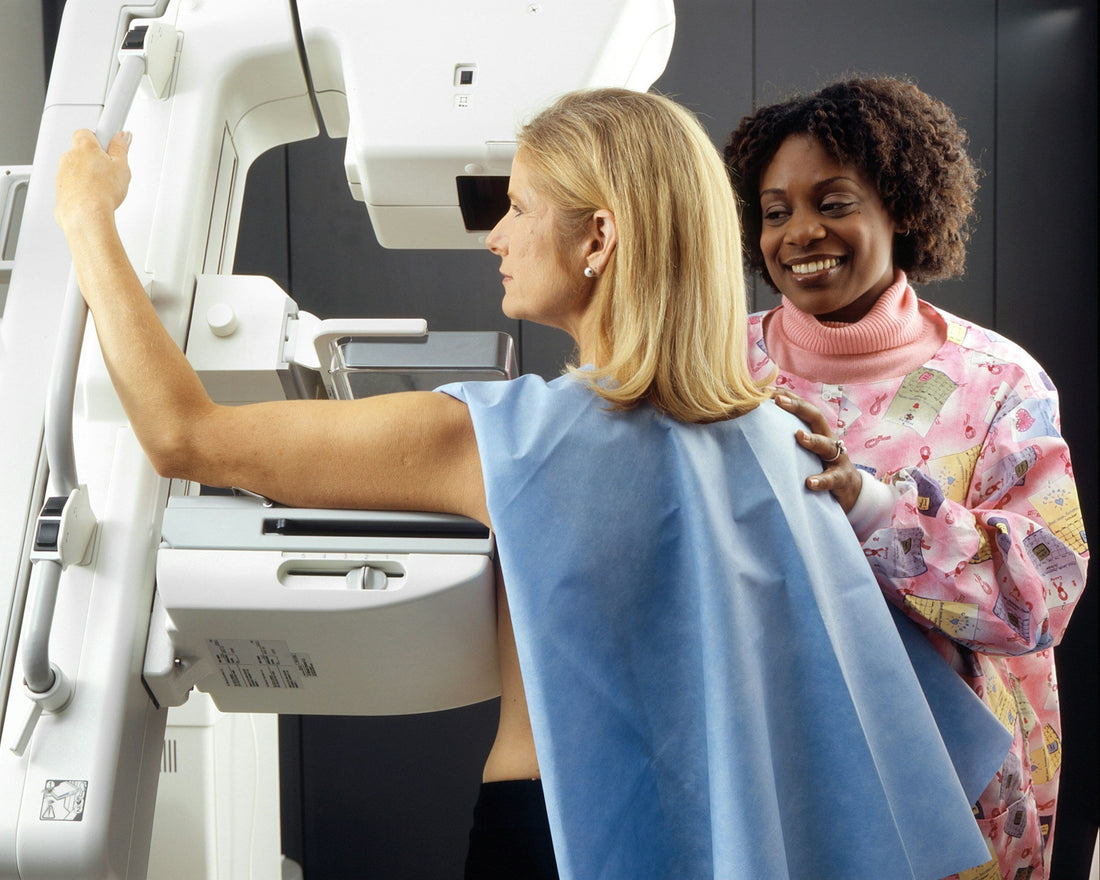Breast Thermography: Technology, Benefits, and Cancer Signs

Share
Breast Thermography: Technology, Benefits, and Cancer Signs
Breast health is a vital part of every woman’s wellness journey. While traditional mammograms are widely used for breast cancer detection, a growing number of women are exploring breast thermography—a non-invasive imaging technique that provides a different way to monitor breast health. But what exactly is breast thermography, how does it work, and can it really detect signs of cancer?
Let’s explore the science behind it, its advantages, and the early warning signs of breast cancer to watch out for.
What Is Breast Thermography?
Breast thermography, also known as digital infrared thermal imaging (DITI), is a non-invasive diagnostic tool that uses an infrared camera to detect heat patterns and blood flow in body tissues. Unlike mammograms, it does not involve radiation or breast compression.
Thermography is based on the principle that cancer cells grow faster than normal cells, requiring more blood flow and creating more heat. This increase in temperature can show up as hot spots on a thermal image, potentially indicating abnormalities even before a tumor forms.
How Does Thermography Work?
During a breast thermography session:
- The patient is asked to sit in a temperature-controlled room to let the body acclimate.
- A special infrared camera captures images of the breasts from multiple angles.
- These images are then analyzed for asymmetrical heat patterns, vascular activity, or other thermal anomalies that may require further investigation.
It’s important to note that thermography doesn’t diagnose cancer—it flags potential problems that can be further evaluated using other diagnostic methods like mammography, ultrasound, or biopsy.
Benefits of Breast Thermography
Here are some reasons why women are turning to thermography as part of their breast health strategy:
- Radiation-Free: Thermography does not use ionizing radiation, making it a safer option for repeated screenings.
- Painless & Non-Contact: No squeezing, pressing, or discomfort involved.
- Can Detect Early Functional Changes: Thermography may detect physiological changes before a lump becomes visible or palpable.
- Suitable for All Ages: Especially helpful for women under 40, whose dense breast tissue may make mammograms less effective.
- Monitoring Over Time: It can track changes in heat patterns over time, aiding in preventative care.
Signs and Symptoms of Breast Cancer to Watch For
Whether you use thermography, mammograms, or a combination of tools, early detection is key. Be aware of these common warning signs:
- A new lump or mass in the breast or underarm
- Change in the size, shape, or appearance of the breast
- Unexplained pain in the breast or nipple
- Nipple discharge (other than breast milk), especially if bloody
- Redness, dimpling, or puckering of the breast skin (like an orange peel)
- Inverted nipple or nipple changes
If you notice any of these symptoms, consult a healthcare provider right away.
Is Breast Thermography Right for You?
While thermography is not a replacement for mammography, many wellness advocates consider it a valuable adjunct tool. It’s particularly helpful for women seeking non-invasive monitoring or those at high risk who want to supplement their routine screenings.
However, not all doctors or institutions endorse it as a primary screening tool, so it's essential to talk to your healthcare provider to see if it’s appropriate for your personal risk level and medical history.
Final Thoughts
Breast thermography offers a promising look into early detection and proactive breast care. Its non-invasive nature, radiation-free imaging, and ability to detect physiological changes make it an appealing option for many women. Still, it should be part of a comprehensive breast health plan that includes regular self-checks, clinical exams, and professional imaging when necessary.
Your body often speaks before a diagnosis does—thermography just might help you listen a little closer.
